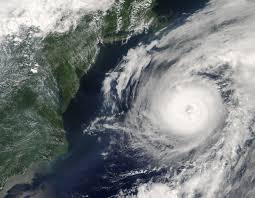With Cyclone Debbie having racked up $410 million in insurance bills as of late last week, with losses expected to eventually top $1 billion, there have been renewed calls to review insurance regulations covering natural disasters.
The calls have taken on extra authority as it has been revealed that a number of homes and businesses, particularly in NSW, are uninsured or without flood insurance due to high premiums that cost as much as $30,000 a year.
However, experts have slammed the idea of subsidising insurance premiums for people in cyclone- or flood-prone areas, saying it will only provide short-term relief,
Guardian Australia reported.
Justine Bell-James, an expert in environmental and insurance law from the University of Queensland, said the move would not resolve anything and would just push the cost of recovery to the government.
“If we are just covering the cost of the premium that isn’t going to improve anything in the future,” Bell-James told
Guardian Australia. “All the other costs - loss of income, loss of residence, psychological damage, are still going to occur. We are going to have the same problems in the future with insurance premiums going higher and higher.”
He proposed that the funding go instead toward mitigation measures, such as flood levees, and ensuring houses are built to a cyclone standard.
The
Insurance Council of Australia (ICA) was also of the opinion that government intervention in the insurance market “would have little impact on affordability, would risk encouraging inappropriate development, and would expose taxpayers to billions of dollars of losses.”
ICA spokesman
Campbell Fuller said what the industry wants is for the government to spend more on permanent mitigation measures, including stricter land use planning and building codes,
Guardian Australia reported.
Want the latest insurance industry news first? Sign up for our completely free newsletter service now.
Fuller also defended the availability of flood insurance, saying 96% of all household policies included flood insurance, up from 3% prior to the 2011 floods.
Related stories:
North Queenslanders warned of rising tide in insurance premiums
ICA defends “prohibitively expensive” premiums


